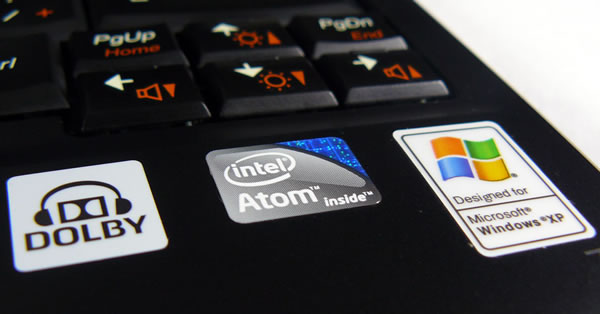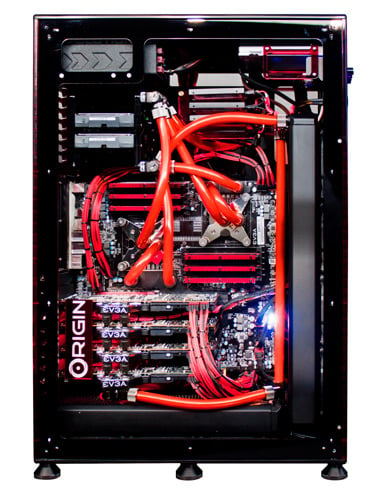LG is preparing to launch a new line of smartphones that will be powered by Nvidia's screaming fast, dual-core Tegra 2 mobile processor.
The revised Optimus lineup - which is expected to hit the streets during the fourth quarter of 2010 - will offer optimized speed and graphics capabilities, along with significantly reduced power sipping.
"Taking full advantage of the two speedy 1 GHz processors sharing the workload in Tegra 2, [users] can experience up to 2x faster web browsing and up to 5x faster gaming performance over single core processors running at 1 GHz," said LG spokesperson Chang Ma.

Meanwhile,
Phandroid's Quentyn Kennemer noted that Nvidia's Tegra 2 will undoubtedly introduce a superior, "beefier" CPU for next-gen smartphones that could easily become the industry standard.
"[Tegra 2 will also include a] GeForce low-power GPU that should be able to handle any mobile game with ease - and even has the ability to produce console-like graphics, era pending. [And] let's not forget 1080p HD video playback and everything else that comes along with Tegra 2," wrote Kennemer.
"[Clearly], the chipset war will only get more fierce from here as Qualcomm, Samsung, and other vendors come to market with their own offerings and as we start seeing manufacturers put them into their high-end devices."
"[Tegra 2 is slated to offer] up to 5x faster gaming performance over single core processors running at 1 GHz. This is likely referring to phone with a Snapdragon processor, as we know that Samsung's Hummingbird processor already has a huge gaming advantage over other single-core 1 GHz ones.
"[So], between this and Samsung's upcoming dual core phones, the end of this year could see previous flagship phones such as the Nexus One and Galaxy S devices becoming outdated."






 Meanwhile,
Meanwhile, 